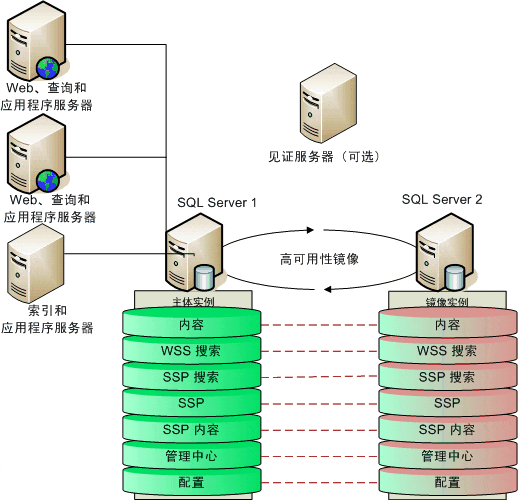-
simplified Chinese character -
Simplified Chinese English
Shangpin China Joins Hands with Beisheng Internet to Create a New Chapter in Website Construction
If the SQL database is indexed and maintained

Station building process
-
Website requirements -
Website planning scheme -
Page design style -
Confirm delivery for use -
Data entry optimization -
Program design and development -
Follow up service -
contact number 010-60259772
Hot tags
-
Website construction -
Food website construction -
WeChat applet development -
Applet development -
Wuxi website construction -
Website construction of research institute -
Shenyang website construction -
Langfang website construction -
Zhengzhou website construction -
Construction of wedding photography website -
Mobile terminal website construction -
University website production -
Tianjin website construction -
Education website construction -
Brand website construction -
Government website construction -
Beijing website construction -
Website Design -
Website production
Latest articles
-

Website construction scheme: Fresh makeup aesthetics website Type: website construction 2025-03-13 -

Enterprise website construction plan: create a new business card for the network and open the digital future Type: website construction 2025-03-11 -

High end website production solution Type: website construction 2025-02-18
Recommended News
-
What are the good ways to build an enterprise official website? Let me show you In the early days of the development of the Internet, some brand conscious enterprises established their own official websites 2021-07-03 -
Overview of e-government website construction and management E-government website is a kind of E-government system, which belongs to the scope of computer information system. Therefore, the letter 2015-06-24 -
What should be highlighted in building foreign trade websites? Details of foreign trade website construction In order to get rid of the misunderstanding of FLASH and JS, foreign trade enterprises had better refer to the world's top 500 enterprises 2021-03-11 -
Harmonization and unification of web page production 1、 Contrast is the difference between two or more elements of quality, quantity, shape or color 2016-03-17 -
How to write website titles that are conducive to user experience Website title is often the first impression our website leaves to visitors, and also in the process of SEO website optimization 2015-05-14 -
Interactive web page design 1. The focus of the page element is switched to the WEB page 2016-05-05
Make an appointment with a professional consultant to communicate!
Disclaimer



